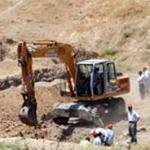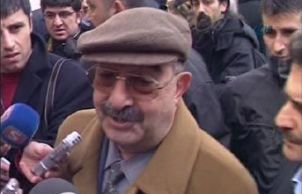Former JITEM Commander Temizöz in Custody
The prosecutor investigating the death wells in Cizre in the southeast of Turkey has been given special authorities. The excavations into the wells led to the find of some bones and clothing remains.
Now the prosecutor has brought Kayseri Regiment Commander Cemal Temizöz to Diyarbakır and has had him taken into custody.
According to Şırnak’s Bar Association President Nuşirevan Elçi, who spoke live by phone on NTV, Temizöz was district gendarmerie commander in the district of Cizre between 1993 and 1996, a time during which extrajudicial killings were at a peak.
The Bar Association has been collecting statements from the families of missing persons, and Elçi said that the name of Temizöz was mentioned in at least seven or eight cases.
A special team for extrajudicial killings
Abdülkadir Aygan, a former PKK militant who was later recruited for a clandestine intelligence unit of the gendarmerie said to be responsible for the killings (JİTEM), spoke about Cemal Temizöz, who was then Captain and commander in the district. According to Aygan, JİTEM-member turned informant Abdulhakim Güven, now in prison, formed a team under Temizöz’ command and carried out many extrajudicial killings.
“They spread terror there. Some people they threw into wells because they were militia or because their siblings were in the mountains (i.e. with the PKK), they put anti-tank mines under people’s houses, others they put into shelters with the excuse that they should check the shelter, and then bombed them.”
According to Aygan, when Temizöz became Diyarbakır Group Commander, he continued to use Güven. He also said that Ali Kaya, the gendarmerie officer involved in the bombing of a bookshop in Şemdinli, had worked under Temizöz.
One body found in 2005
In 2005, Temizöz was one of 30 people whom the Diyarbakır Human Rights Association (İHD) and the Diyarbakır Bar Association filed a criminal complaint about in the case of murdered Murat Aslan. He had dissappeared in 1995, but, following statements by Aygan, the body was traced to near a village, where it had been burned. Villagers had later buried the body. (TK/AG)
KURDISH QUESTION
PKK Ceasefire to be Terminated on 31 October?
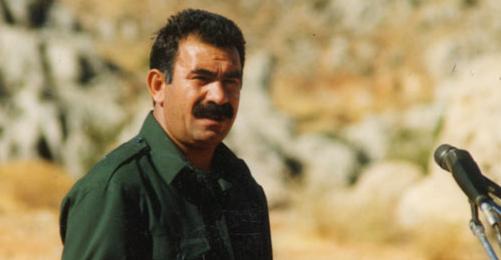
KCK CASE
Court Dismissed Request for Defence in Kurdish
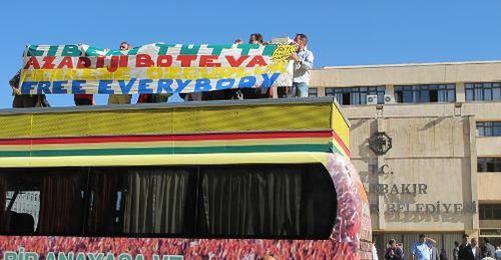
7th Istanbul Gathering for Freedom of Thought

CONSTITUTIONAL AMENDMENTS
58 Percent Said "Yes" to Constitutional Reform Package
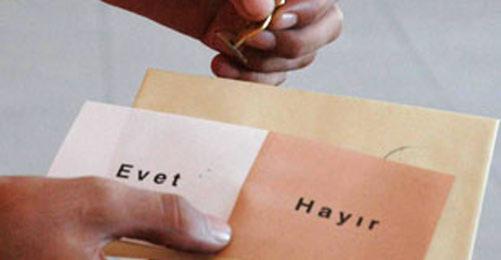
Rights Organizations 3 Years ahead of Foreign Minister









